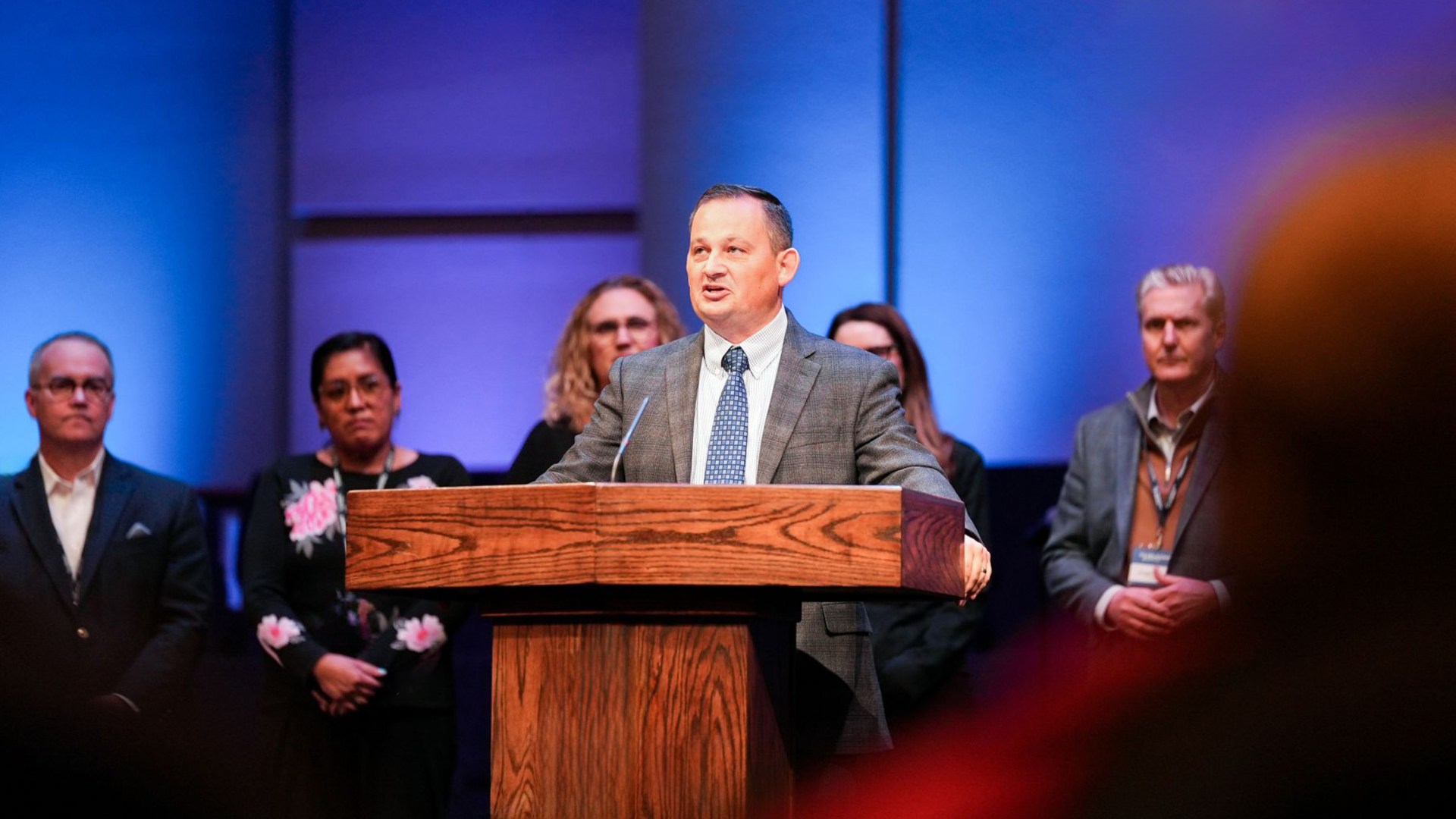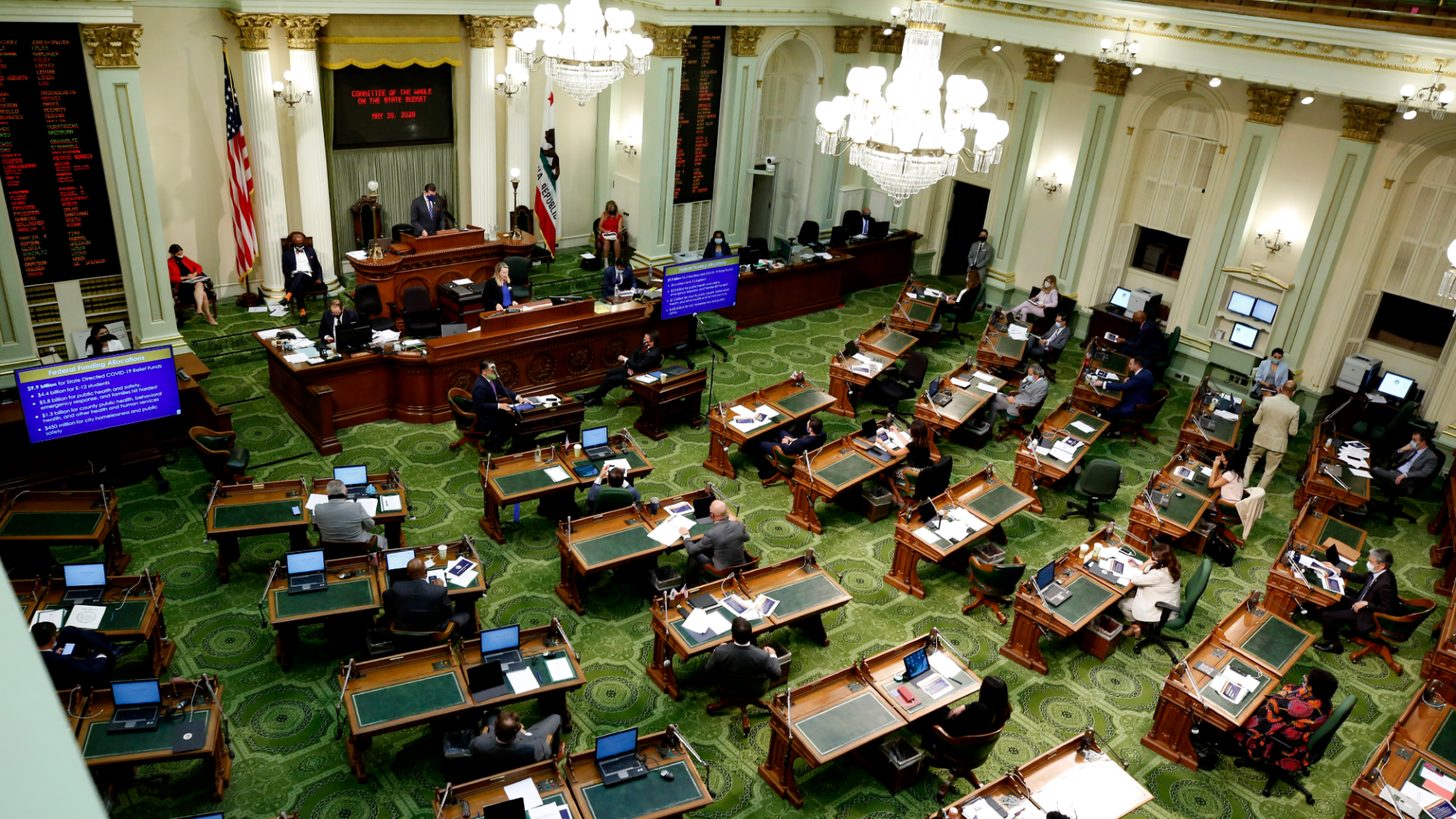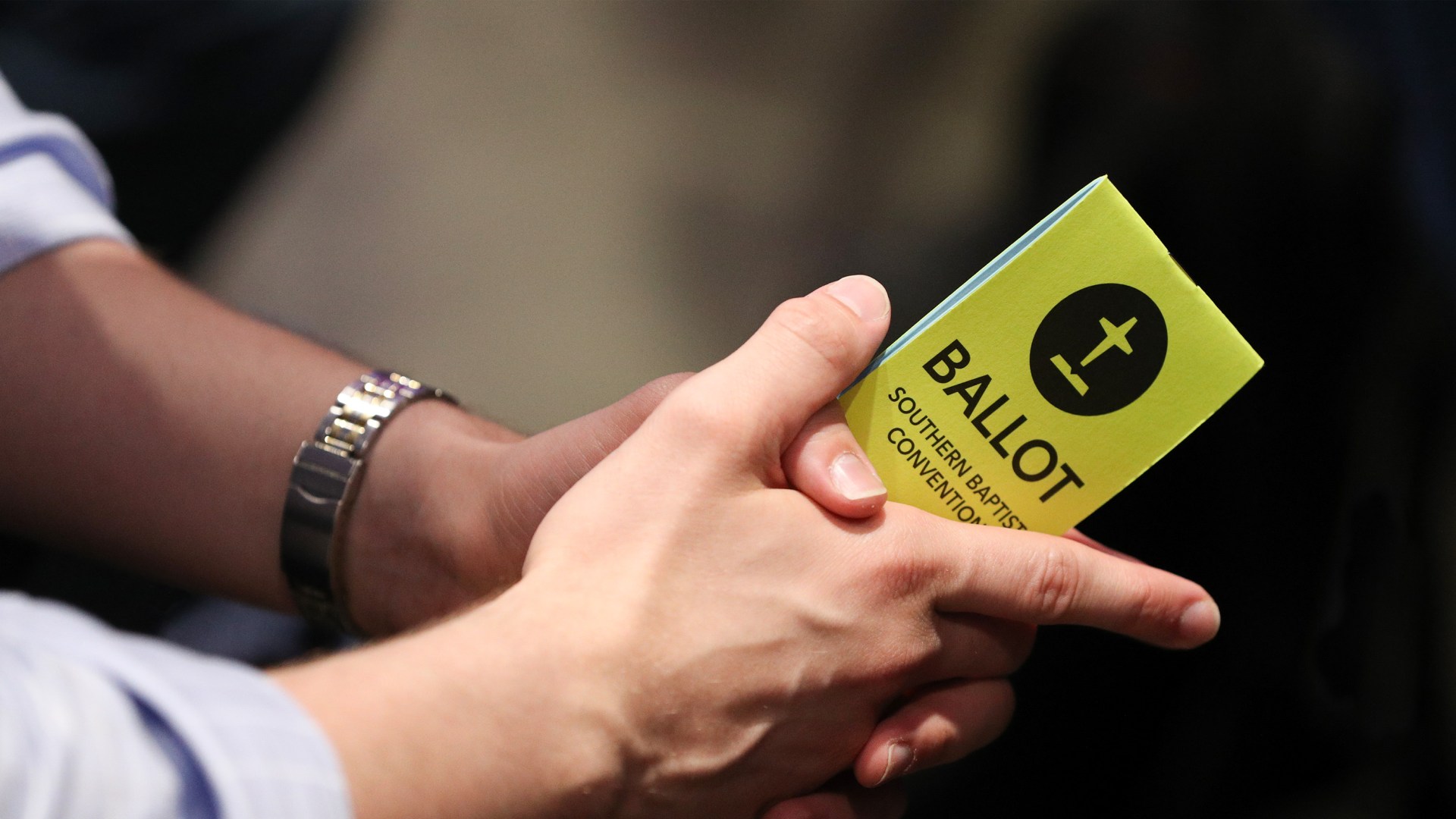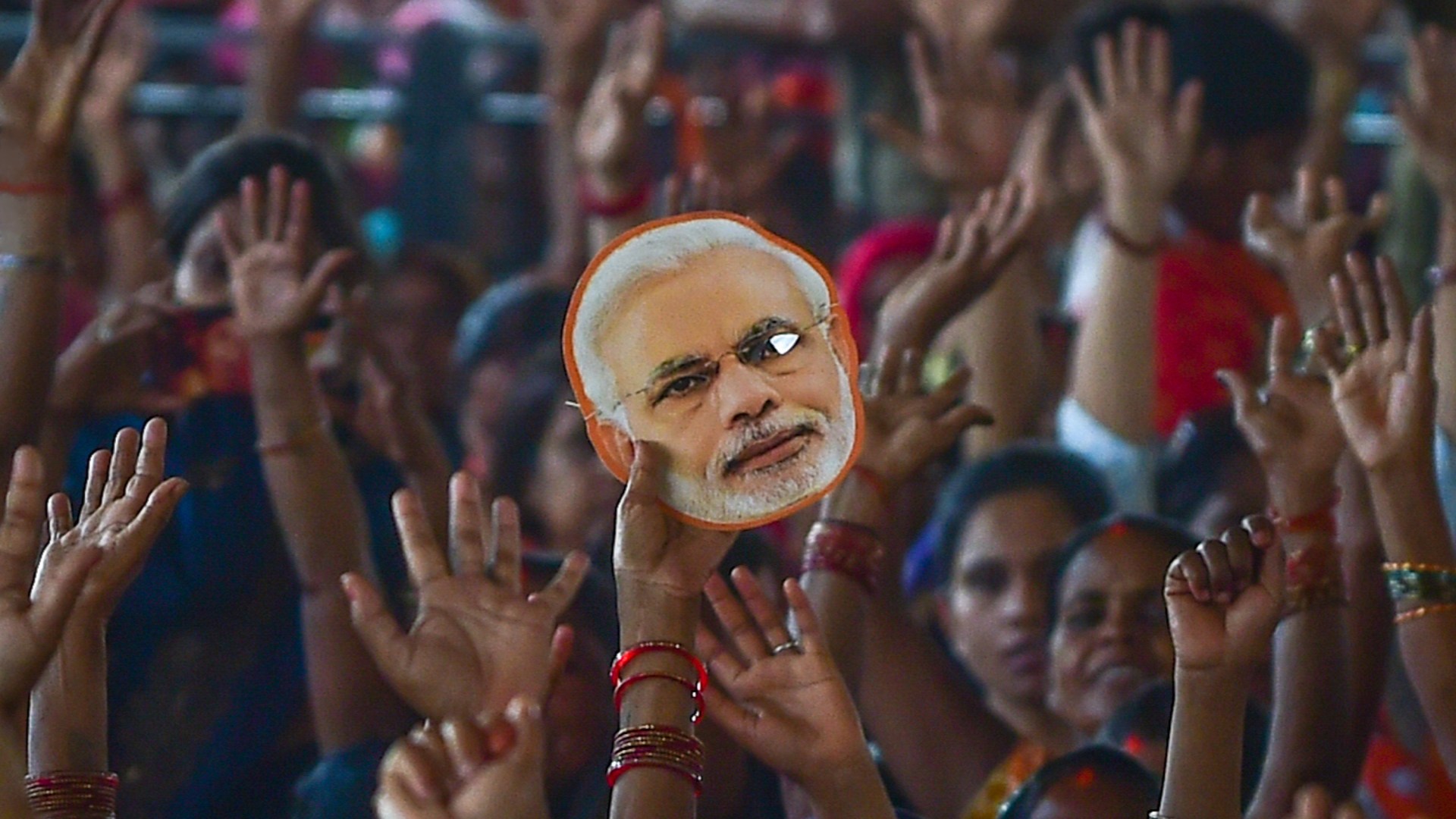Just over five years ago, a fire broke out in one of the world’s most famous houses of worship, the cathedral of Notre-Dame de Paris. In the days following, officials confirmed that one reason the fire grew out of control was that the security team, after hearing the alarm, miscommunicated and responded at the wrong location. The fire was in an attic, but the team went to the sacristy, located in an entirely different building. Portions of the cathedral soon burned to the ground.
It was also just over five years ago that alarms sounded in the Southern Baptist Convention (SBC) when reports emerged detailing hundreds of cases of sexual abuse in our churches and organizations over a span of decades. Since then, the eyes of the nation have been on America’s largest Protestant denomination as we’ve grappled with how to respond to these revelations and prevent future sexual abuse. This includes an ongoing investigation by the US Department of Justice, which recently filed its first indictment.
As an SBC pastor for more than 20 years, it saddens me to report that, rather than fighting our fire with every available resource, efforts to extinguish sexual abuse in the SBC have been hindered by distractions and delays. As messengers gather in Indianapolis for the SBC annual meeting this week, it remains unclear whether addressing our abuse crisis is still a priority for the SBC. This concern is magnified by the latest update from our abuse implementation task force: After two years of painstaking work by faithful volunteers, their tasks were not completed due to several “obstacles and challenges.”
Five years ago, recall, our initial reaction to the abuse revelations was a unified call to action. We won’t stop until we get this right, convention and church leaders said. Momentum began to build toward fighting the fire through one of the SBC’s greatest strengths: cooperation. New relationships and efforts were forged, and a community of abuse survivors and advocates emerged, who were welcomed and given platforms from which to share their stories in the SBC.
As work was beginning in 2020, survivor Susan Codone told CT, “It takes years to change a culture, usually at least ten years, and the measure of success will be a significant reduction in the cases of sexual abuse in churches along with a much higher number of churches actively enacting policies and caring for the abused.”
Sadly, five years into the process, the hopeful spirit of cooperation with which we started has all but dissipated. Key SBC leaders have disagreed about what steps should be taken and who should direct them. A perceived divide exists between preserving institutions and protecting the vulnerable, in part because of fears of litigation and infighting about the transparency of investigations. Millions of dollars pledged by the two largest SBC entities for the purpose of abuse response and survivor support have yet to be distributed. Some leaders now treat the more vocal abuse survivors like villains rather than victims—sometimes even working against them—resulting in a seemingly irreparable loss of trust. All the while, the fire continues to burn.
This is not to say that no work has been done to address abuse in the last five years of SBC life. On the contrary, our convention has made significant efforts to identify potential vulnerabilities and to train and equip churches to prevent abuse. Multiple task forces and work groups were appointed to address abuse at both the national and state levels, and collaborative efforts from these groups have produced materials to help churches develop the right policies and procedures for abuse prevention and response.
I’ve participated personally in these efforts and have seen many of our leaders and members commit much of their time and resources to fighting the fire. I’m especially proud of the work we’ve done in Oklahoma, which has received an abundance of support from our state convention. I’ve also had the opportunity to hear from more abuse survivors than I can count, and I feel the weight of our tremendous responsibility to them.
Nevertheless, the work has been frustrated by several diversions, and abuse prevention and response efforts have been less effective than hoped. According to recently released surveys by Lifeway, the SBC’s own research arm, less than half of our churches provide training to those who work with children or teenagers on how to report sexual abuse. Additionally, less than 20 percent of churches provide training on caring for abuse survivors. Our work is far from finished.
As our annual meeting convenes yet again this year, it’s time for us to make a final and actionable commitment to address sexual abuse in every one of our more than 50,000 churches—and I believe there are at least three ways we can do so. They are the three things to which we committed from the start.
First and most importantly, we should use our unmatched capacity for cooperation in the SBC to mobilize each of our international and national entities, seminaries, state conventions, local associations, and the publications of each to train and equip every church in addressing abuse. We should ensure that the best abuse prevention and response curriculum, policies, and procedures are in the hands of pastors and key leaders in every church, in both print and digital formats. We should provide multiple opportunities for state, regional, and local abuse prevention and response training and set high expectations for churches and their participation.
Our SBC structure is built not only to protect the autonomy of local churches but also to hold them accountable to our agreed-upon standards for doctrine, practice, and cooperation. We’ve been successful in similar efforts related to other pro-life, pro-family, and pro-human dignity issues. Why would we not apply the same fervency to protect our children from abuse?
Second, our churches need comprehensive access to the long-awaited Ministry Check database of both convicted and credibly accused abusers as a forum to search for known abuse concerns related to any potential applicants for employed or volunteer positions in SBC churches or organizations. (It remains to be seen whether a recently formed independent organization to administer this database will receive official SBC support.) Though some aspects of the database have been contested, specifically those related to the category referred to as “credibly accused,” it is long past time that we have this useful instrument to protect our children and churches from repeat abusers.
Finally, our churches and leaders should reengage with the SBC abuse survivor community and allow their voices to be heard in every decision-making process. Their words may not always be as gentle or polished as some might prefer, but why should they be? They’ve been burned in the fire, and the injustice and trauma of their abuse has yet to be properly addressed. Their input, along with input from those with professional expertise in areas related to sexual abuse, will be most valuable in selecting the right tools for our work.
While the Notre-Dame fire was tragic from a symbolic standpoint, the physical damage itself was ultimately limited. The fire burning in the SBC is of a far more destructive nature because of the unspeakable harm done to precious lives. If we continue to delay our response, we’re communicating a willingness to accept the fire’s damage.
Scripture calls leaders in the church to be “shepherds” of and “examples” for “God’s flock that is under your care” (1 Pet. 5:2–3), which means the responsibility to address the SBC sexual abuse crisis lies not with the US Department of Justice, the media, or the general public. It lies with all of us who lead in the SBC.
As our messengers gather, a full half-decade after we committed to take substantive action to end sexual abuse in our churches, we must get this right. If we allow yet another year to pass without beginning to extinguish this fire, we should not be surprised when it consumes us.
Eric Costanzo is lead pastor of South Tulsa Baptist Church in Tulsa and coauthor of Inalienable: How Marginalized Kingdom Voices Can Help Save the American Church.








































